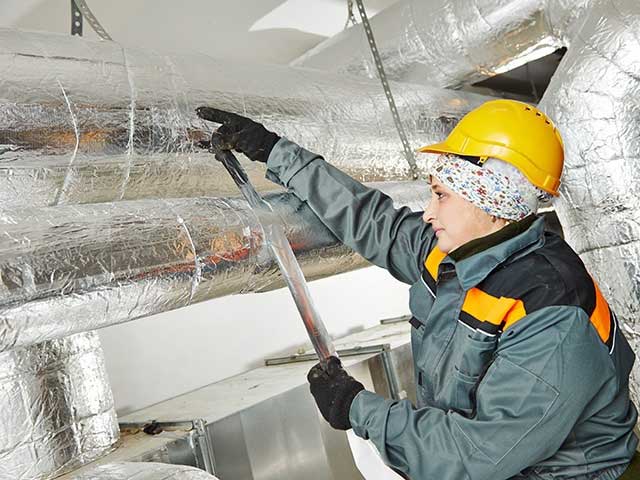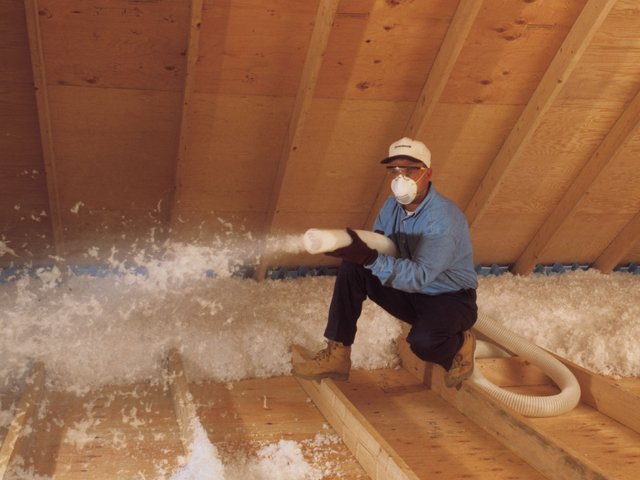Tips for Adding Insulation

Homeowners are wasting money yearly by spending on the heat that leaves quickly because of insufficient insulation. The National Energy Assistance Directors’ Association (NEADA) approximates that house heating fuel rates can rise as much as 47 percent this winter season.
To save on energy costs, the most effective area to begin is with your attic room. Attic rooms are a substantial source of warmth loss in under-insulated residences. There are additional incentives in the form of a federal tax obligation debt if you insulate before the completion of the year. Certain power performance improvements finished before December 31, 2007, certify house owners for a credit rating of approximately ten percent of the price of the enhancements on their 2007 income tax return.
According to a research study from the McKinsey Global Institute, insulation is the single most economical way to decrease greenhouse gases. Depending on its size and also place, an under-insulated house produces a half-ton extra co2 yearly than one that is effectively protected. Additional insulation lowers the power needed to preserve a comfortable living area and also reduces exhausts created by melting nonrenewable fuel sources.
Adhering to are tips for adding insulation to your attic:
Take a look at the existing insulation. The initial step is to look at the existing insulation in your attic room. If the wood beams (or joists) of your attic flooring are still noticeable, you most likely do not have sufficient of it. Utilize a measuring tape or yardstick to inspect the depth of it on your attic room floor. The Department of Power recommends a minimum deepness of 15.5 inches of fiberglass batts or concerning 18 inches of blown insulation for optimal energy efficiency.
Determine how much insulation you will require. Determine just how much insulation you will need with an insulation calculator. Or, locate a cost-free insulation calculator online at homedepot.com. Go into the square video of your attic and also the density you presently have to locate your current R-value and the number of rolls you’ll require to buy to achieve the correct depth.

Purchase supplies. Adhering to is a listing of tools you’ll need for adding it in your attic room: squeeze-type stapler, straightedge or 2 x 4 (for scoring and/or cutting), measuring tape, energy blade, mobile job light, post or rake (to press insulation into tight spots), work gloves, long-sleeved t-shirt, shatterproof glass, and a dirt respirator mask.
Installment tips to keep in mind:
- Use boards or sheets of plywood for sitting, kneeling, and also reducing insulation.
- Begin the installation at the external edge of the attic and also pursue the center.
- If joist dental caries are filled up, lay the new insulation in long-term vertically to the joists (crosswise) as well as utilize leftover pieces to fill up small areas.
- If joist tooth cavities are not entirely filled up, fill them first with the appropriate density of it.
- Leave a minimum of three inches in between this as well as recessed lighting, steel smoke shafts, gas water heater flues, and/or various other heat-producing devices. Just recessed illumination components ranked I.C. (protected ceiling) are developed for straight contact with insulation.
- Stuff tiny pieces of un-faced insulation around stonework smoke shafts.
Conserve cash on your power costs this wintertime by including insulation in your attic room – and also get your federal tax debt! Looking for the best insulation contractors? Be sure to visit their page for further info.





